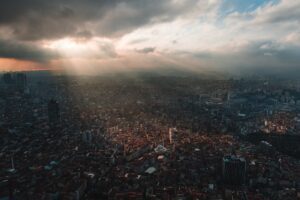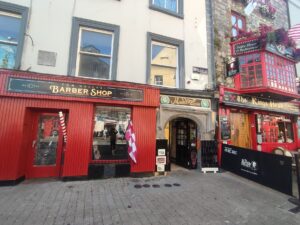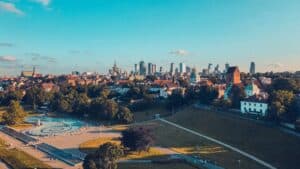Peloponnese, also known as Morias, is a peninsula located in the south of mainland Greece. It is a mountainous area with indented coasts and it also possesses four smaller peninsulas: the Messinian, the Mani (where we will travel today), the Cape Malea, and the Argolid. The highest mountain in Peloponnese is Mount Taygetus and the longest river is the Alfeios.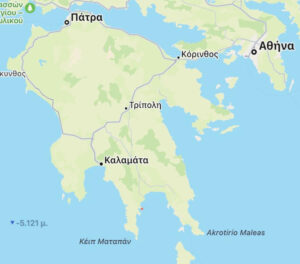 According to ancient Greek mythology, Peloponnese took its name from the ancient legend of Pelops, who was said to have conquered the entire region. Legend has it that when Pelops, son of Tantalus, came of age, wanted to marry Hippodamia king Oenomaus’ daughter. However, it was prophesized that king Oenomaus would be murdered by his son-in-law, so he used to challenge each one of his daughter’s potential suitors in a chariot race in which he defeated them and killed them in a rather gruesome way. Pelops was aware of the prophecy and with Poseidon’s help managed to defeat Oenomaus and marry Hippodamia, thus becoming the king of Peloponnese. After his victory, Pelops held chariot races as an honor to the gods inspiring the beginning of the first ancient Olympic Games.
According to ancient Greek mythology, Peloponnese took its name from the ancient legend of Pelops, who was said to have conquered the entire region. Legend has it that when Pelops, son of Tantalus, came of age, wanted to marry Hippodamia king Oenomaus’ daughter. However, it was prophesized that king Oenomaus would be murdered by his son-in-law, so he used to challenge each one of his daughter’s potential suitors in a chariot race in which he defeated them and killed them in a rather gruesome way. Pelops was aware of the prophecy and with Poseidon’s help managed to defeat Oenomaus and marry Hippodamia, thus becoming the king of Peloponnese. After his victory, Pelops held chariot races as an honor to the gods inspiring the beginning of the first ancient Olympic Games.
Peloponnese was also the stronghold of the first major Greek and European civilization, the Mycenaean one, which collapsed at the end of the 2nd millennium BC. During classical antiquity, Peloponnese’s powers were a force to be reckoned with the most well-known city-state being Sparta, the “head” of the Peloponnesian League one of the rivals in the Peloponnesian War. In 146 BC it fell to the Roman Republic and while it remained prosperous it was mostly cut off from the affairs of the Roman world. In 395 Peloponnese came under Byzantine rule and its coastal regions suffered from Arab and pirate raids until 961 when Byzantium recovered the island of Crete. In 1205 Peloponnese was conquered by the Crusaders and it was during this period that the name Morea (Morias) emerged supposedly due to the peninsula’s shape resembling the leaves of the mulberry tree (‘mouria’ in Greek). After the fall of the Byzantine Empire and Constantinople’s occupation by the Turks, Peloponnese also fell under the Ottoman’s rule in 1460. However, later on, it became the stronghold of the Greek War of Independence and many famous battles took place there.

Laconian Mani is famous for its wild landscapes characterized by small rocky beaches and forests meeting the emerald sea. We stayed near the small village of Kalyvia in an area called Paganea which is almost half an hour’s drive from the town and port of Gytheio. There are many small bays which you can explore either if you prefer long, sandy beaches or hidden, pebbled bays full of sea life. If you choose the latter do not forget to bring your diving gear since the lively seabed offers unlimited opportunities for exploration and wildlife watching.
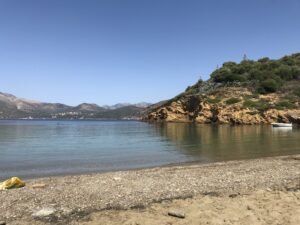
Gytheio and its small picturesque port is a must visit. You can take a stroll along the seaside watching the comings and goings of the small boats. There are many local cafes in which you can sit and enjoy the sunset while tasting the cuisine of Mani. If you have a sweet tooth, visiting “Vitorino gelato” is a must. Its an Italian like gelateria offering unique ice creams flavours and many vegan choices.
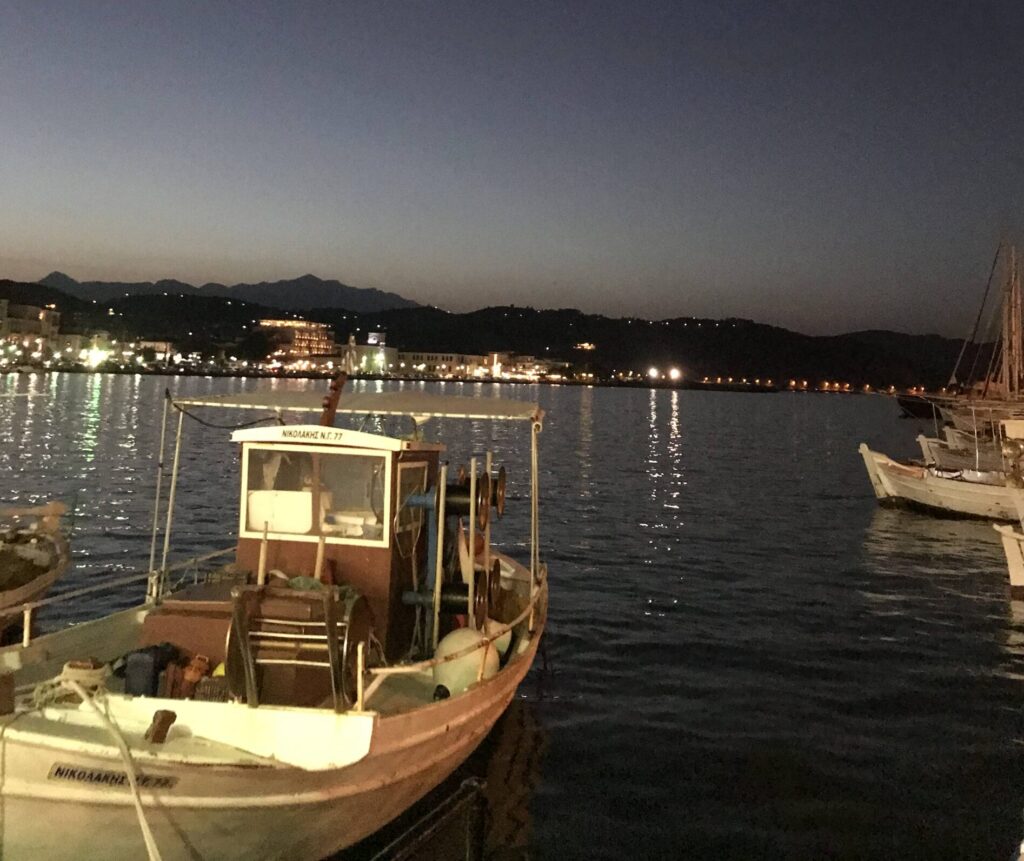
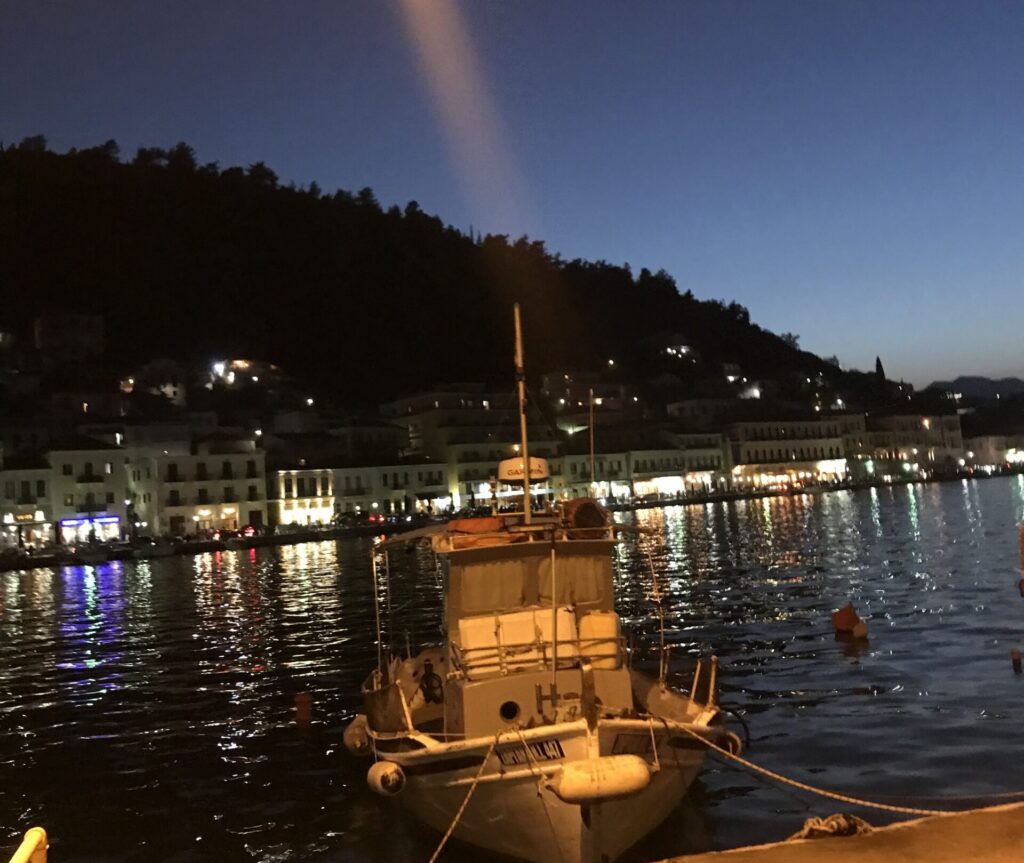
The castle of Monemvasia is another must see if you are in the area. It is a two-hour drive from Gytheio due to the poor road system, but the destination is worth it. Monemvasia is a famous historical city in Eastern Peloponnese. The name of the city comes from a combination of two Greek words: Moni (only) and Emvasis (Intervention) which means the only entrance. The name is totally justified since there is only one entrance indeed, and it is impossible to access the city from anywhere else. The New Town of Monemvasia is built at the shadow of the rock where the Castle City is on. It is a lively tourist town with many hotels, restaurants, and café-bars and only minutes away from the Castle City. The Castle City of Monemvasia is built on a limestone rock and is divided into two parts, the uninhabited Ano Poli and the inhabited Kato Poli. Once you enter Kato Poli through the one and only gate, you are immediately transferred back in time to a medieval castle city. The cobbled alleys lead you to explore the renovated mansions and arches, while at the first alley on the left you will find the house of the well-known Greek poet Giannis Ritsos who was born in Monemvasia. Inside the castle there are about 40 deserted byzantine churches and you will immediately notice the Venetian influence on the decoration of the houses. Continuing your walk, you can find many local shops to buy souvenirs from as well as local products such as the traditional homemade pasta called “gogges” or the variety of wines and liquers produced in the area. There are many restaurants and cafes inside the Castle city with a great view of the sea where you can enjoy brunch, lunch or dinner. The castle is protected so no vehicles are allowed inside. Thus, it would be better if you leave your car at Nea Poli since the precious parking spots outside the castles are usually occupied. Last but not least avoid visiting the castle during the hot summer noon as the high temperatures may not allow you to properly explore the city.
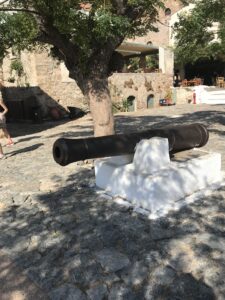
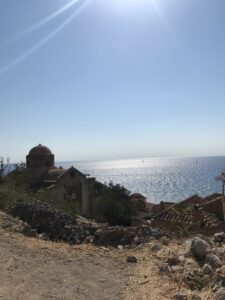
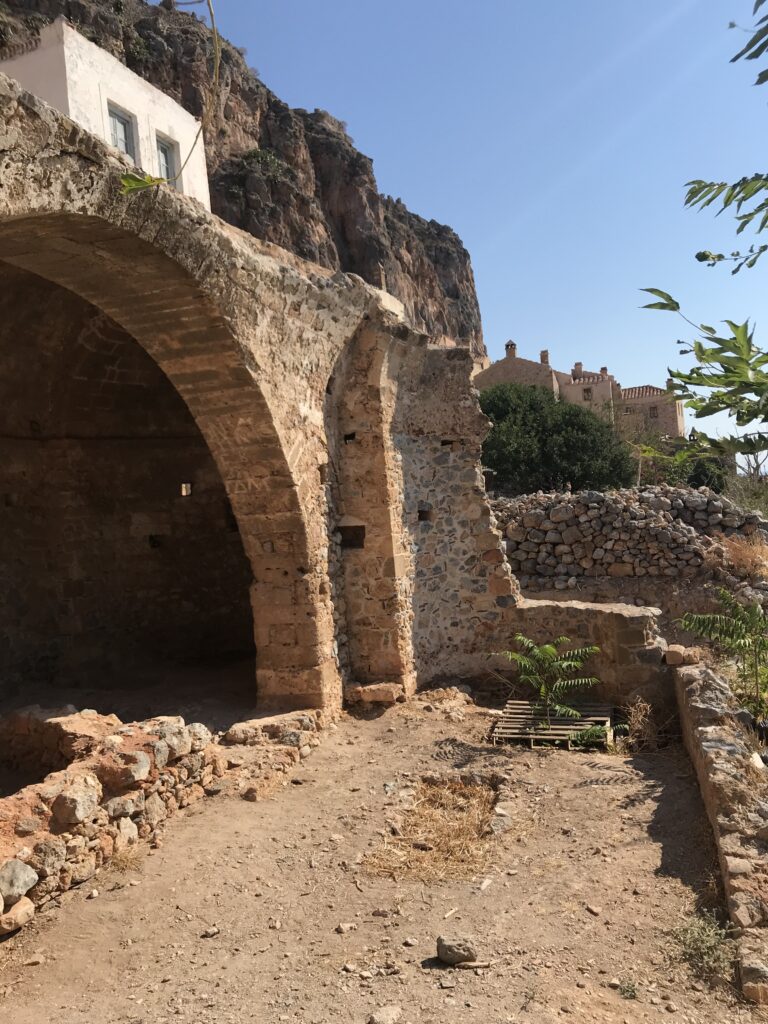
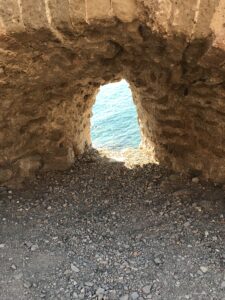

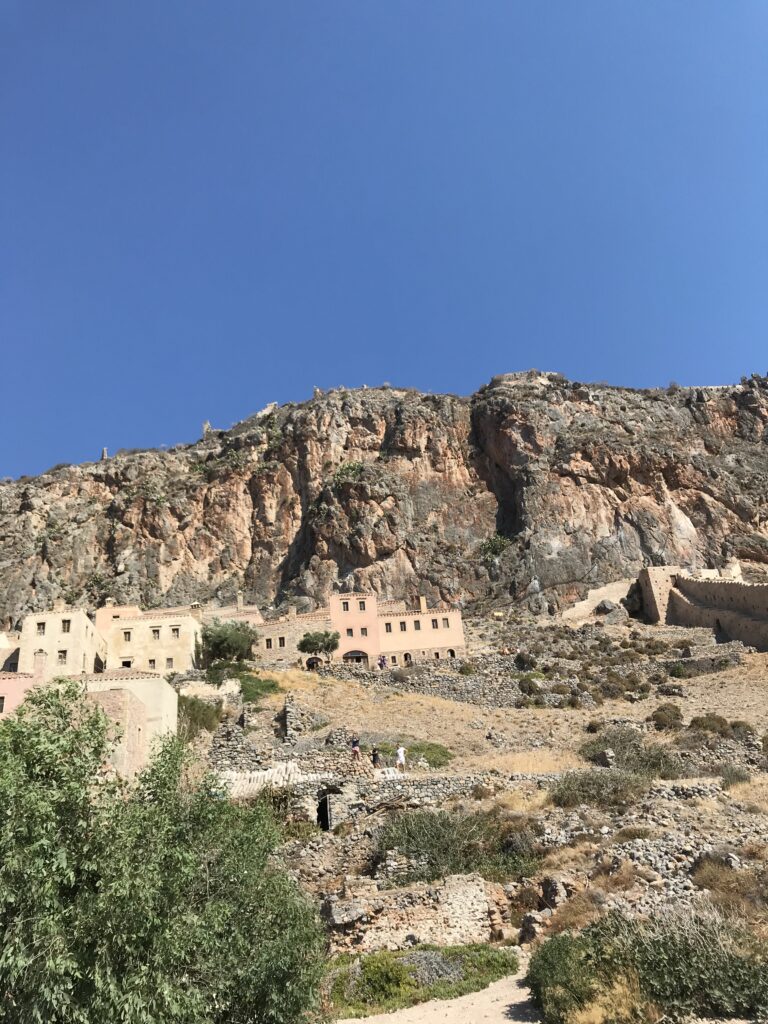
Tips
- The GPS is your friend in Peloponnese.
- If you visit the village of Elia or Elaia, take a break to eat at the restaurant overlooking the beach. It is called “Liogerma” and it offers a unique culinary experience, a combination of local dishes in an elevated form.
- Elafonisos with its popular sandy beaches is another place where you can go. However, be prepared for the crowds if you visit during July and August.
Peloponnese is an amazing part of Greece and we only managed to see just a small part of it. There are many places to explore and many amazing people to meet so it would be a great addition to your TO TRAVEL list!




